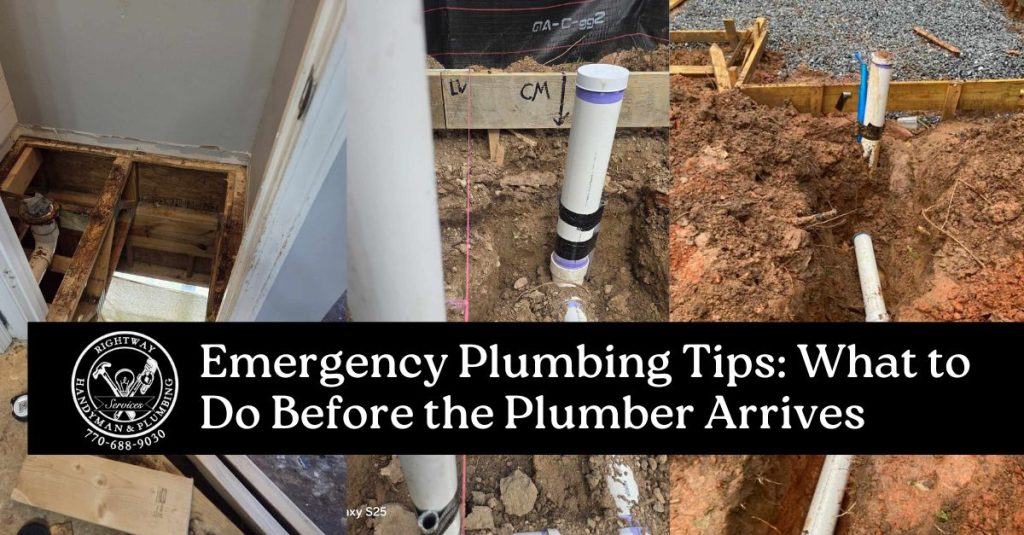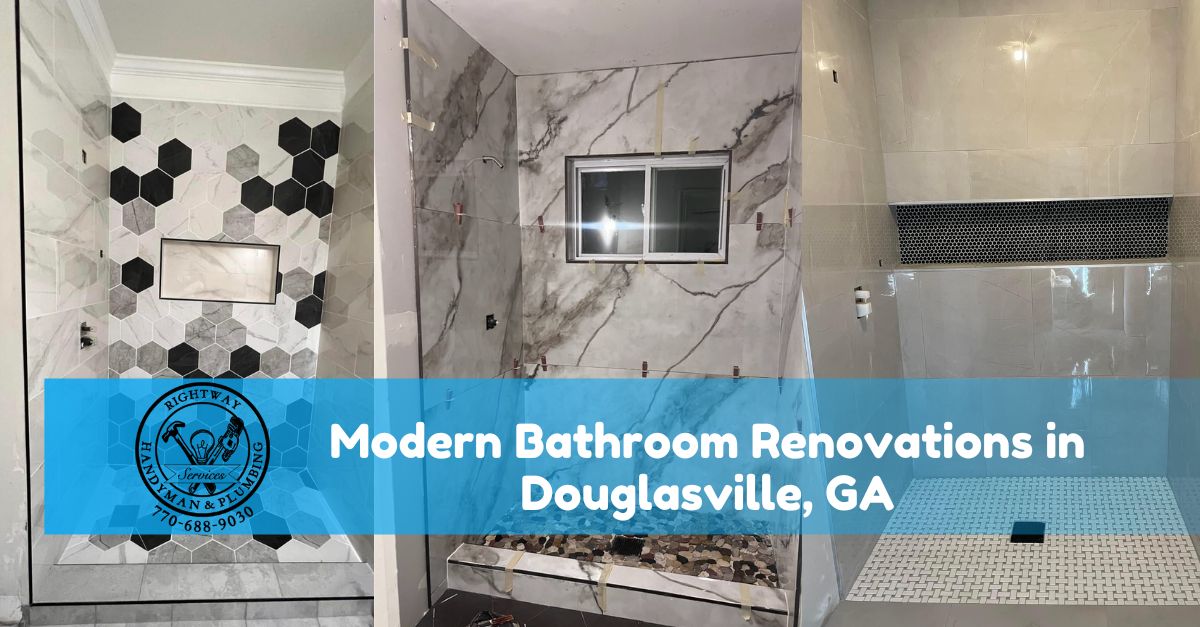
When a plumbing emergency strikes—whether it’s a burst pipe, overflowing toilet, or sudden leak—every second counts. While your first step should always be to call a licensed plumber, there are a few critical things you can do to minimize damage and keep your home safe while waiting for help to arrive.
Here are emergency plumbing tips to take control of the situation before the plumber gets there:
1. Turn Off the Water Supply
The first and most important step in any plumbing emergency is to shut off the water.
- For a specific fixture (like a toilet or sink), locate the shut-off valve under or behind it.
- For major leaks or burst pipes, shut off the main water valve—typically located near the water meter, in the basement, or where the water line enters your home.
👉 Tip: Know where your main shut-off valve is located ahead of time to avoid delays during emergencies.
2. Turn Off the Water Heater
If the leak involves hot water or if the tank is making strange noises, it’s best to turn off the water heater to prevent overheating or damage.
- Electric heater: Switch it off at the breaker.
- Gas heater: Turn the dial to the “pilot” setting.
This helps avoid pressure build-up and reduces the risk of a burst heater.
3. Open Faucets to Drain Remaining Water
Once you shut off the main supply, open cold water faucets around your home to drain out any water left in the pipes. This reduces pressure and limits further leaking or water buildup.
4. Contain the Leak if Possible
Use towels, buckets, and containers to catch dripping water. If the leak is from a pipe, wrapping it tightly with duct tape or a pipe repair clamp (if you have one) can temporarily reduce the flow.
👉 Keep plumbing emergency kits on hand: bucket, wrench, towels, plumber in Douglasville, Georgia tape, and gloves.
5. Clear the Area
Move furniture, electronics, and valuables away from the leak to prevent water damage. If the water is spreading fast, use mops or towels to soak it up and minimize flooring damage.
6. Avoid Using Electrical Appliances Near Water
Safety first. If water is near electrical outlets or appliances, don’t touch anything. Shut off the power to the affected area from your breaker box and wait for a professional.
7. Document the Damage
If the plumbing emergency caused property damage, take pictures for insurance purposes. Documentation can help when filing claims or discussing repairs with contractors later.
8. Stay Calm and Communicate Clearly with the Plumber
When your plumber arrives, be ready to explain:
- What happened and when
- What you’ve done so far
- Where the shut-off valves are
- Any unusual noises or smells
Clear communication helps the plumber diagnose and fix the issue faster.
Final Thoughts
A plumbing emergency is stressful, but staying calm and taking quick action can prevent further damage and keep your home safe.
By knowing what steps to take before the plumber arrives, you’ll be better prepared to handle any plumbing crisis confidently.
Need help now?
Keep your trusted plumber’s contact saved and accessible for emergencies—and consider scheduling a routine inspection to catch problems before they become disasters.

